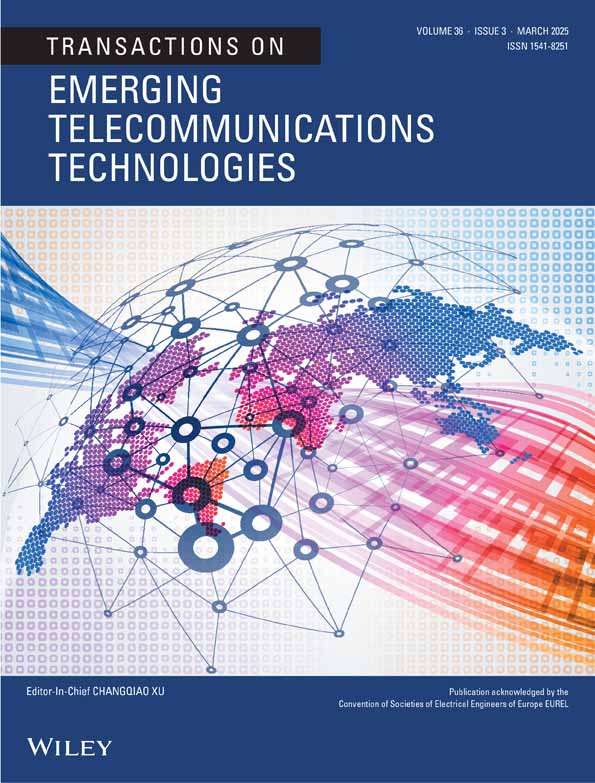CNN-Based Local Quantized Hybrid Precoding for Low Complexity and Overhead
ABSTRACT
Hybrid precoding is one of the promising technologies for millimeter-wave (mmWave) massive multiple-input multiple-output (MIMO) systems. Traditional hybrid precoding algorithms often suffer from high computational costs because the massive MIMO systems have a large number of antennas. For this purpose, this paper proposes a convolutional neural network (CNN)-based local quantized hybrid precoding for low complexity and overhead. Firstly, a local quantized hybrid precoding approach is proposed to construct a label of the CNN framework under the lower complexity and feedback overhead. The proposed local quantized approach locally quantizes the feasible sets of the analog precoders to reduce feedback overhead according to the sparsity of the mmWave channel in the angular domain. Secondly, a new spectral efficiency-feedback overhead is defined to determine the range of local quantization bits , so that the unnecessary feedback overhead can be avoided effectively while the spectral efficiency (SE) of the label is guaranteed. Finally, in order to further reduce complexity and feedback overhead, as well as make full use of the sparsity of the channel, a new CNN framework is built to enhance the spectrum efficiency of the system. Specifically, the mmWave channel and the label are used as the input-output pairs of the CNN framework, convolutional layers are employed to capture certain sparse characteristics from the angular domain of the channel. Due to the establishment of the input-output pairs of the CNN framework, the complexity of the CNN is effectively reduced. Compared with the previous works, the presented method enjoys less training time-consuming, lower feedback overhead, and higher precision. The simulation results are presented verifying the effectiveness of the proposed method.
Conflicts of Interest
The authors declare no conflicts of interest.




